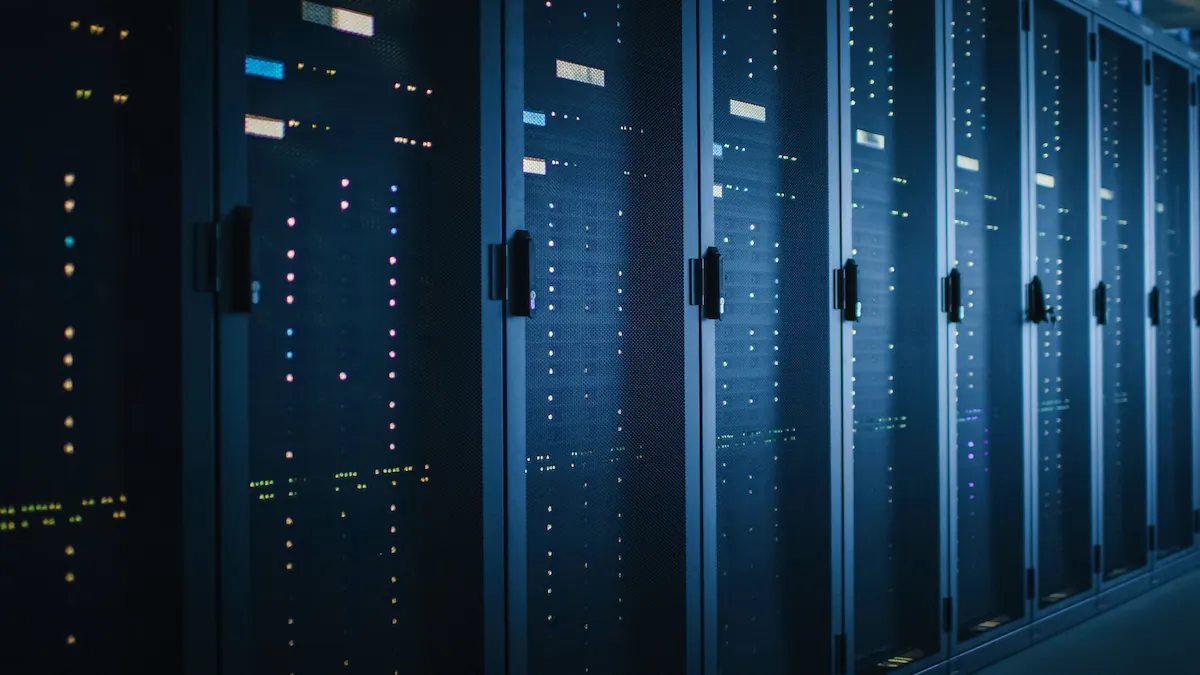Data Center Cooling Algorithms: Consolidation – Part 115 min read

Last summer I thought it might be interesting to explore the different elements that contribute to the cost of cooling our data centers and explore the feasibility of developing some easy-to-use Excel tools to help in comparing costs of different design options and helping us make decisions about day-to-day operating parameters. Ten months and eight articles later, interwoven around many other pieces on a variety of data center subjects, we are just about there. When I began this journey, I promised you, my faithful reader, that I would apply whatever I developed to some test scenarios to illustrate that the algorithms work and how they work. Before diving into some serious number crunching, I’ll first use the next two pieces in this series to just review some of the major take-aways from each segment. Today I will review the first three pieces in this series and then the next time you hear from me I will be reviewing the last five segments. These are organized chronologically and not necessarily by importance or logical relationship, with titles and release dates in case anyone missed one and wants to dig into the nuts and bolts of a particular set of equations and proposals.
Cooling Efficiency Algorithms: Coil Performance and Temperature Differentials
- CRAH coil size decisions made today can affect chiller set points at peak load and part load for the life of the data center.
- The bigger the difference between the cooling coil entering water temperature and the data center supply air temperature (CRAH approach temperature), the lower the pressure drop across the cooling coils and, therefore, the lower the CRAH fan energy. This is a non-linear relationship function similar to fan energy and fan speed.
- One plot point in isolation may not tell the whole story; hence, the following ten months of articles to help us get our arms around a few more plot points.
Cooling Efficiency Algorithms: Chiller Performance and Temperature Differentials
- The higher the leaving water temperature (LWT) of the chiller, the lower the operating cost of the chiller.
- Chiller power requirements as a factor of LWT are close to being linear; therefore percent changes will not be linear. That is to say, a 50 watt reduction in kW per ton at 1kW at 45˚F will be a much smaller percentage than a 50 watt reduction at 400 watts at 65˚ My algorithm uses an average percent change, which is fine if the range of change is more or less evenly spread over the mean temperature. However, if the data is biased toward either the higher or lower range of temperatures, then the percent factor for calculating changes in energy use needs to be adjusted accordingly. For example, my algorithm uses 2.4% (.024) per degree change in LWT to calculate increase or decrease in kW per ton to operate the chiller. If all the calculations are contained within a LWT range of 45˚F – 55˚F, that factor might be reduced from .024 to .018; whereas if the exercise resided between 55˚F and 65˚F, that factor might be increased from .024 to .03 per degree F. I’ll give my reader a break here so you do not need to dig up the original article: the .024 factor or variant thereof is used in the following equation.
CP = (1-(LWT-45).024) (BPxCT)
Where:
CP = Chiller plant power
LWT = Chiller leaving water temperature ˚F
BP = Base power (kW per ton @ 45˚F LWT)
CT = Chiller tons
- Higher CRAH approach temperatures lead to lower pressure drops across coils and therefore lower operating costs, but also lead to lower chiller LWT, which leads to higher operating costs. In most cases, the higher LWT will net chiller savings far greater than CRAH savings from lower pressure drops at higher Δ
- Effective airflow management can make the difference on whether estimated paybacks will or will not justify an investment in free cooling.
- Using an algorithm to forecast the energy savings from using an economizer requires the following data:
Sensible cooling load (UPS + cooling unit fan motors if in white space; lighting and shell loss make calculations more precise, though the buck may exceed the bang.
Supply air temperature (maximum allowable)
Ambient wet bulb temperatures (hourly look-up table)
CRAH approach temperature (ΔT supply air: coil entering water)
Heat exchanger approach temperature (ΔT condenser loop: data center loop)
CRAH fan energy
Pump energy
Chiller energy
Tower fan energy
- Series water-side economization provides a path to partial free cooling. When the ambient wet bulb temperature is lower than the maximum specified chilled water loop supply temperature minus any cumulative approach temperatures, the data center will have access to 100% free cooling. When the ambient wet bulb temperature is higher than the data center chilled water loop return temperature, there is no free cooling and the chiller cools the entire load. When the ambient wet bulb temperature, plus approach temperatures, is higher than the chilled water loop maximum specified supply temperature but lower than the loop return temperature, some degree of partial free cooling is available. A predictive algorithm needs to account for the full range of partial cooling proportions.
Next time we will pick up the last five segments of this series and make preparations for applying them to a couple representative design scenarios.

Ian Seaton
Data Center Consultant
Let's keep in touch!
0 Comments